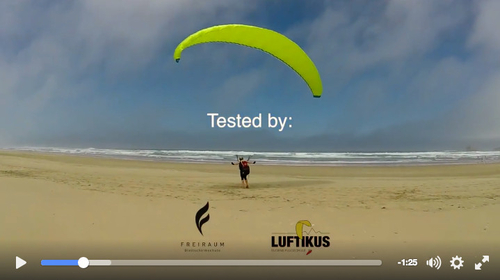SmartCells przeciwdziałają nierównomiernemu rozłożeniu siły wewnątrz czaszy, powstającej przez punkty podczepienia linek. W paralotniach z technologią SmartCells szerokość cel inteligentnie dostosowuje się do wytwarzanej siły. Skrzydła takie są spokojniejsze w powietrzu, bardziej kompaktowe i lepiej szybują.
Kto próbował owinąć kulę kartką papieru, na pewno zwrócił uwagę na to, że papier się marszczy. Podobnie jest z krawędzią natarcia paralotni, na której materiał musi dopasować się z jednej strony do krzywizny profilu, a z drugiej do efektu ballooningu. Podwójny 3D Shaping redukuje za pomocą dodatkowych szwów powstawanie zmarszczek i podnosi w ten sposób osiągi skrzydła.
Paralotnie z kategorii weight-optimised są lżejsze od konwencjonalnych skrzydeł, oferując jednocześnie taką samą mechaniczną wytrzymałość i stabilność. Są lżejsze w transporcie, łatwiejsze przy starcie i tym samym idealne do Hike &Fly. Weight-opitimised skierowane jest dla osób ceniących sobie lekkość nie rezygnując przy tym z wytrzymałości.
NOVA Air Scoop jest zoptymalizowanym wlotem powietrza, który zwiększa ciśnienie wewnątrz skrzydła. Zasada jest analogiczna jak w przypadku wlotu powietrza w samochodzie sportowym: im większy przepływ powietrza – tym wyższe powstaje ciśnienie. W przypadku paralotni większe ciśnienie wewnątrz skrzydła oznacza lepsze osiągi i większą stabilność.
Wydłużenie nie jest jedynym, ale jednak bardzo znaczącym parametrem wpływającym na bezpieczeństwo pasywne. Większe wydłużenie zwiększa tendencje skrzydła do krawacenia, skraca z reguły drogi sterowania i czyni skrzydło bardziej wymagającym. Nova dysponuje narzędziami analitycznymi, które umożliwiają konstruowanie bardzo wydajnych skrzydeł z niskim lub umiarkowanym wydłużeniem.
Wszystkie paralotnie NOVA są bardzo poręczne. Skrzydła możemy składać komorami, ale nie jest to koniecznością. Dzięki naszemu wieloletniemu doświadczeniu w wykorzystaniu technologii z użyciem żyłek usztywniających wiemy, że sposób składania skrzydła ma znikomy wpływ na jego trwałość. Zgięte usztywnienia bardzo szybko wracają do swojego pierwotnego kształtu.
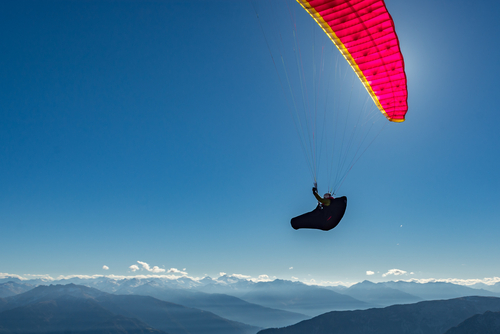
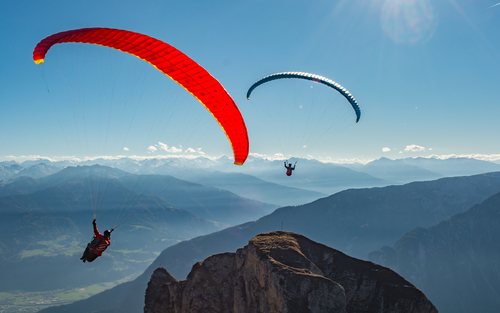
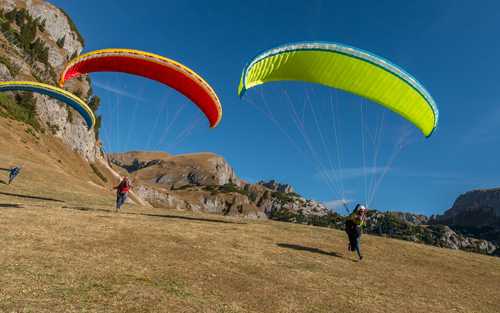


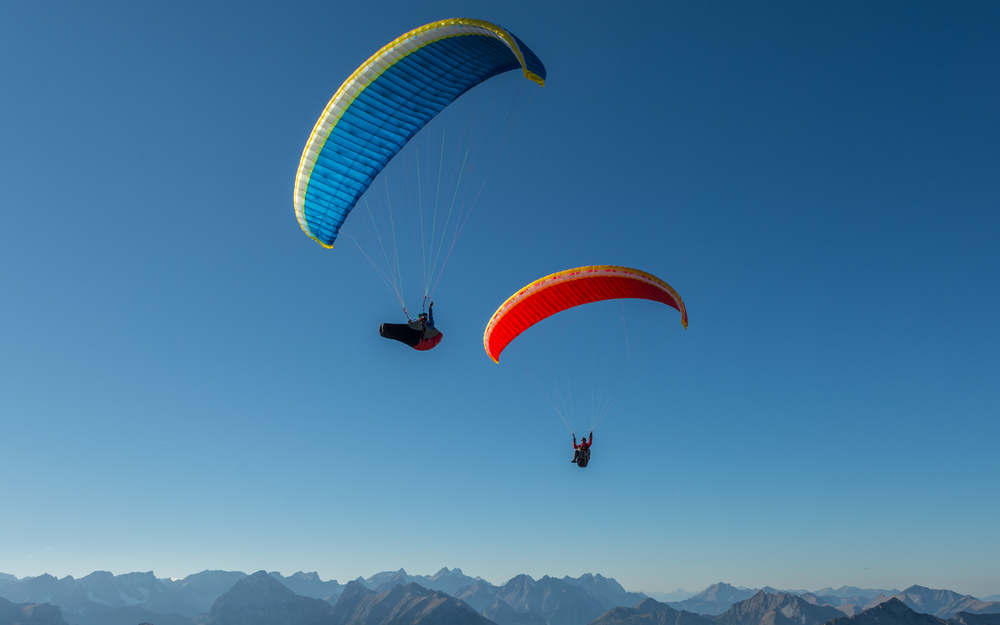
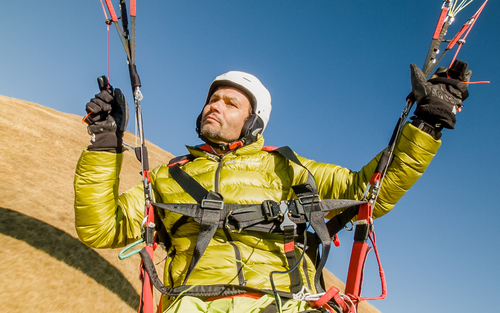
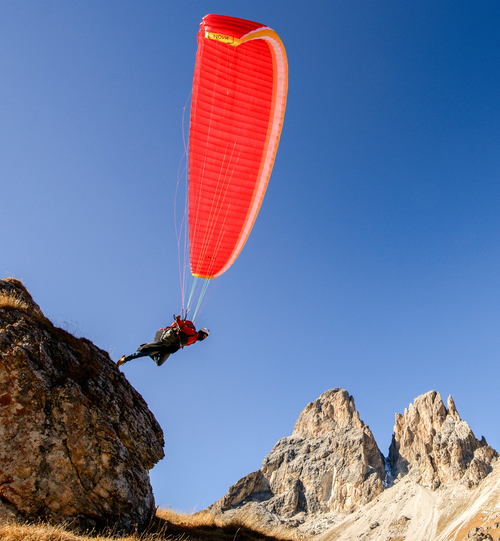

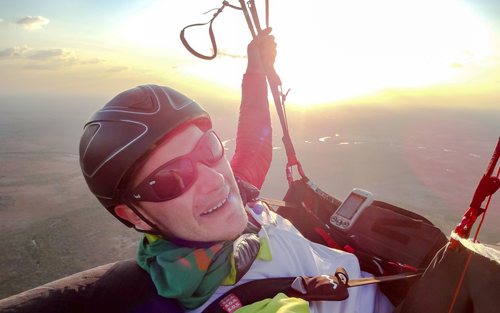
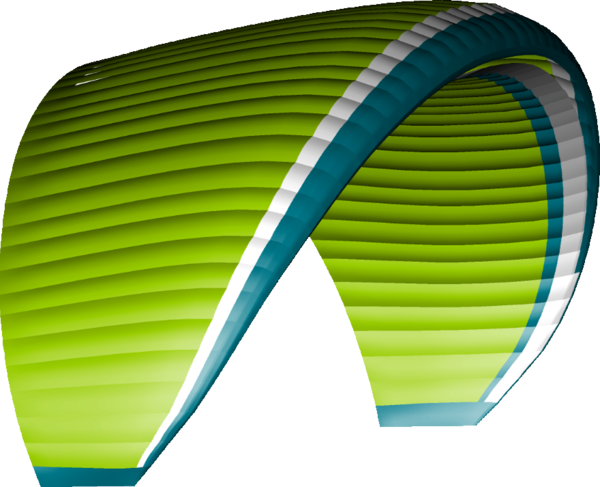 Lime
Lime
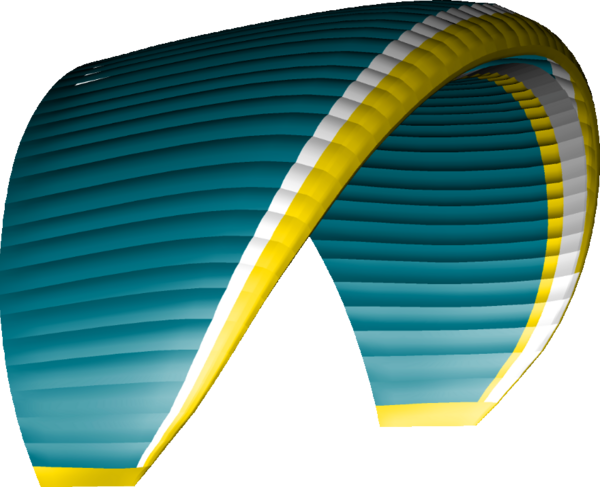 Petrol
Petrol
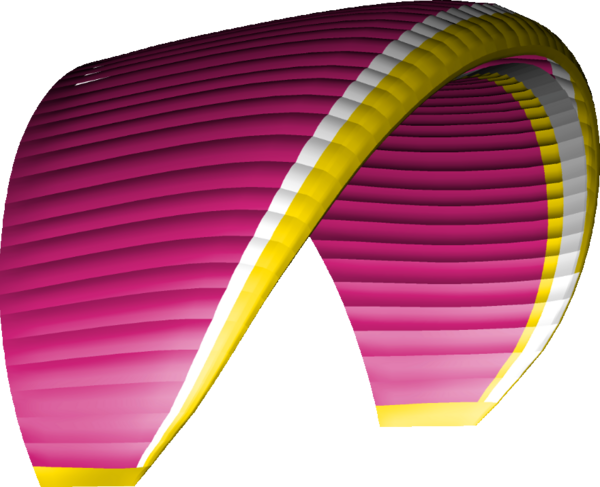 Pink
Pink
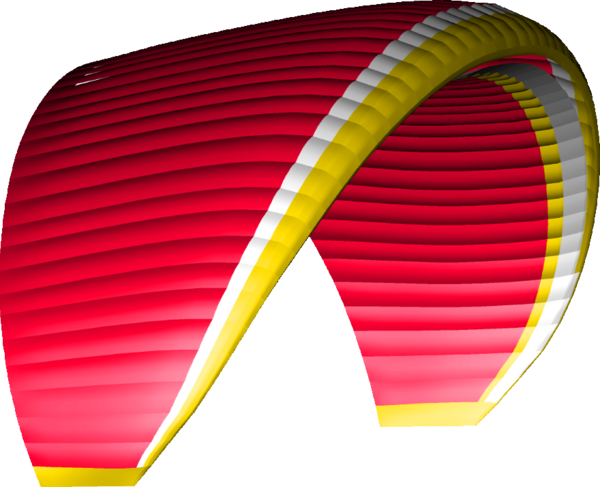 Red
Red
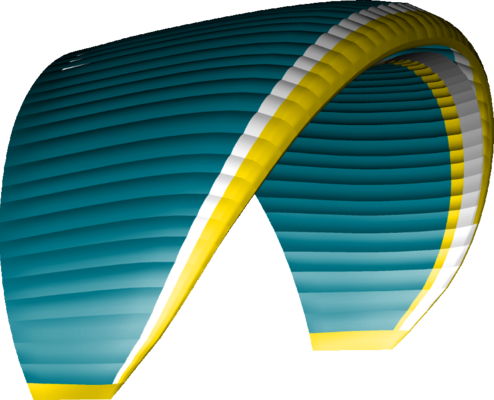







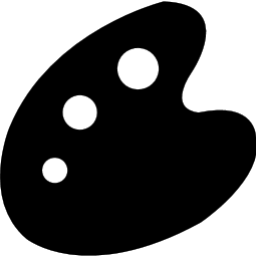

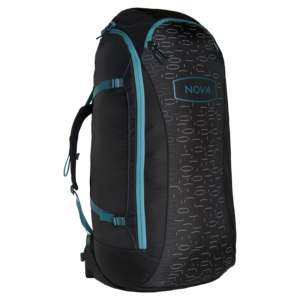 NOVA Rucksack.
NOVA Rucksack.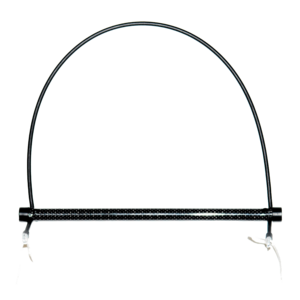 Speed system.
Speed system.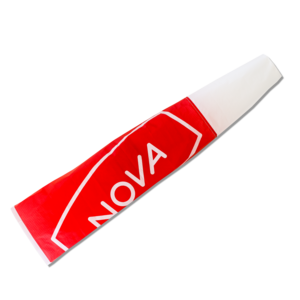 NOVA windsock.
NOVA windsock.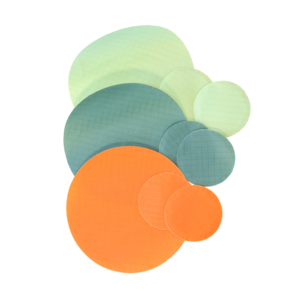 Repair kit.
Repair kit.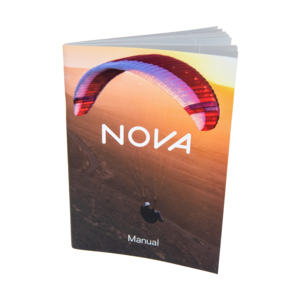 Manual.
Manual.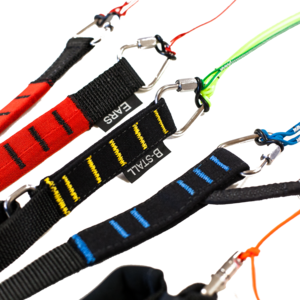 Student Riser (optional).
Student Riser (optional).